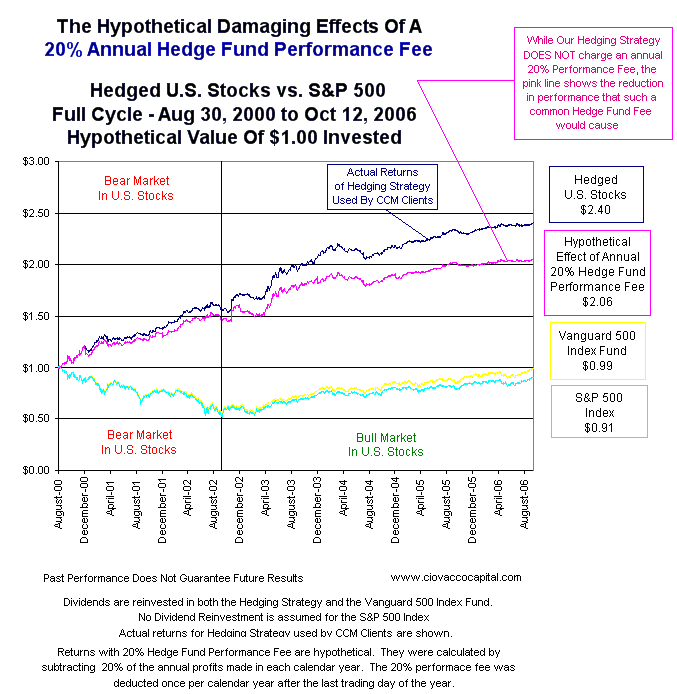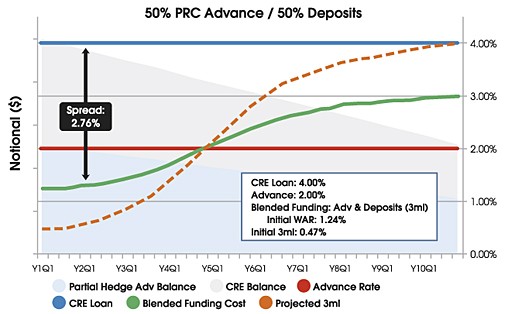Protect Your Portfolio With These Hedging Strategies
Post on: 28 Апрель, 2015 No Comment

Recent Posts:
2 Hedging Strategies You Need to Protect Your Portfolio
Many investors sense that the stock market, after the stupendous run of the past five years, is overextended and vulnerable. Yet even folks who shudder at the markets high-wire act often find it difficult to sell—particularly in a taxable account.
Not only are you forced to share up to 23.8% of your profits with Uncle Sam, but you also have to figure out when to get back in. If your favorite stocks dont backtrack far enough to cover your tax bill, youre worse off than if you had done nothing.
Theres a convenient way out of this dilemma.
Dont sell what you own. Instead, hedge. Let me show you how.
Short Selling, the Classic Hedging Strategy
The classic hedging strategy is to sell stocks short. In a short sale, you borrow shares from your broker and sell them. You hope to buy the shares back (cover the short) after the stock has dropped far enough to give you a profit, net of transaction costs.
For tax reasons, its generally best not to short stocks you already own. Instead, I recommend choosing other stocks—preferably within the same or an allied industry—that possess weaker fundamentals than the name you wish to hedge.
In the most recent issue of Profitable Investing. I list out which stocks to short specifically related to our model portfolio holdings. But you can take this same principle and apply it to weaker competitors of companies you own.
Inverse Funds for Limited Risk
When you sell short, your potential profit is capped at 100%. (No stock can decline below zero.) However, theres no theoretical limit to your losses if the stock continues to rise. To remedy this problem, Wall Streets wizards have created short-selling funds. A number of these inverse funds now trade actively on the NYSE, giving you an opportunity to enter—or exit—a hedging position at any time during the business day.
Typically, an inverse ETF is designed to mirror either a broad market index or a market sector. If the underlying index falls 1% on a certain day, the inverse fund will climb approximately 1%. Vice versa if the index goes up. The ProShares organization has also launched a series of leveraged inverse funds, engineered to rise (or fall) twice or even three times as much as their underlying indexes in a single day.
Why do I keep referring to one day? Because inverse funds gradually lose their punch over time. Operating expenses and hedging costs weigh on a funds longer-term performance. Thus, in 2011, when the S&P 500 index returned 2.1% (with dividends), ProShares Short S&P 500 ETF (SH ) lost 7.9% at net asset value—not the 2% or so that a casual investor might have expected.

Inverse funds, therefore, are best suited for in-and-out trading. Hold them several weeks or, at most, two to three months—during periods, in other words, when youre most concerned about the possibility of a market setback.
As long as you maintain a traders mindset, these funds can add a valuable tool to your hedging kit. Unlike direct short selling, an inverse fund strictly limits your risk: The funds net asset value can never go below zero. Stop-loss orders, prudently placed, can further curb your downside exposure.
Three Inverse Funds to Protect You
Following is a list of inverse funds to consider purchasing when and if the S&P 500 reaches the 1900 resistance level Ive marked out in recent issues of Profitable Investing. For each fund, Ive indicated how to use it as a hedge—either for a piece of your equity portfolio, or for your entire basket of stockholdings.
- ProShares Short S&P 500 (SH ). 1:1 daily leverage. Appropriate for hedging an entire portfolio. Buy $1 worth of the fund for every $1 of stocks you wish to protect.
- ProShares Short MSCI Emerging Markets (EUM ). 1:1 daily leverage. Suitable for hedging your stake in emerging markets. Buy $1 worth of the fund for every $1 of stocks you wish to protect.
- ProShares Short Russell 2000 (RWM ). 1:1 daily leverage. For hedging your small-cap stocks. Buy $1 worth of the fund for every $1 of stocks you wish to protect.
Richard Band’s Profitable Investing advisory service helps retirement savers outperform the market without losing a minute of sleep along the way. His straightforward style and low-risk value approach has won nine Best Financial Advisory awards from the Specialized Information Publishers Foundation.
investorplace.com/2014/04/hedging-strategies-sh-eum-rwm/.














